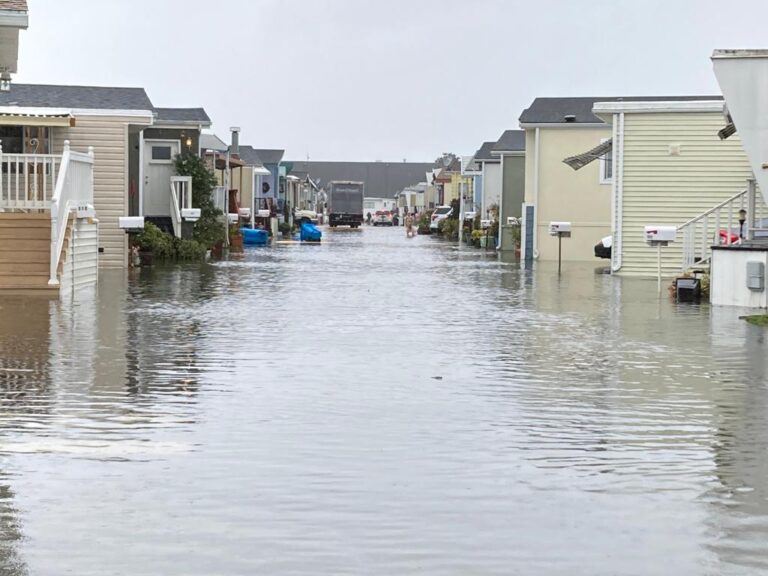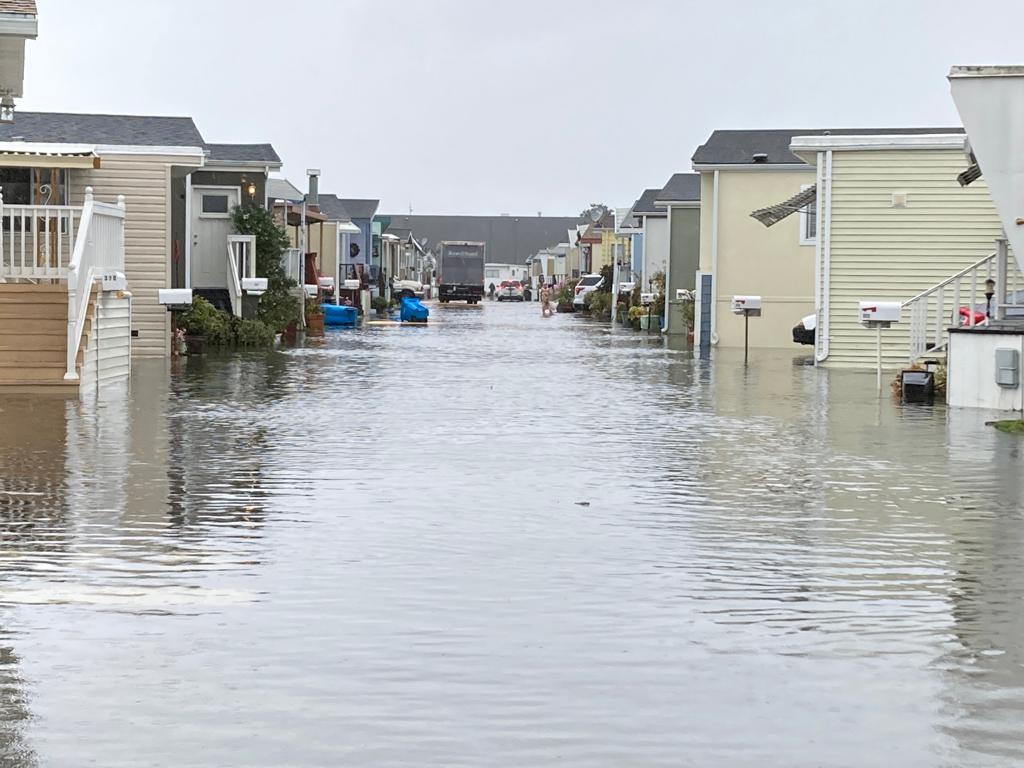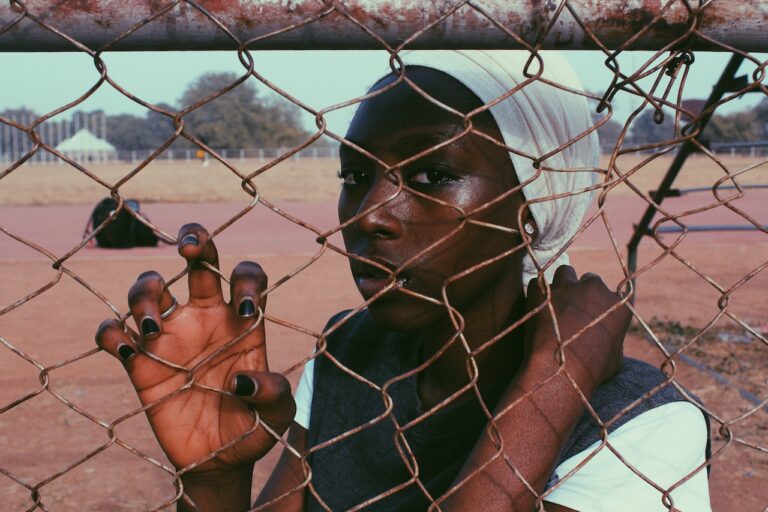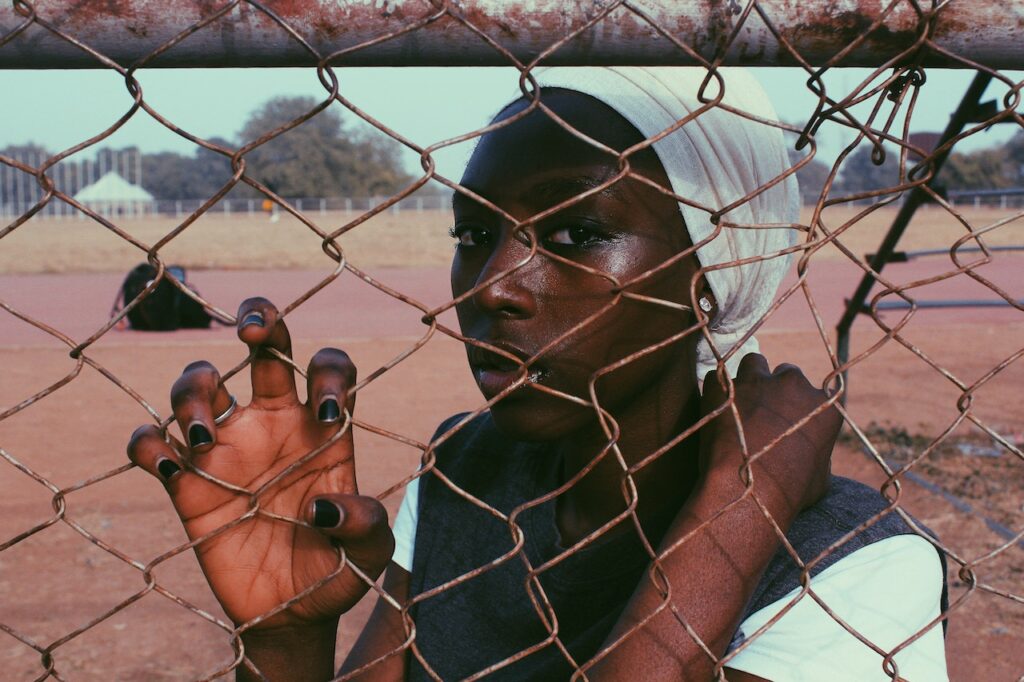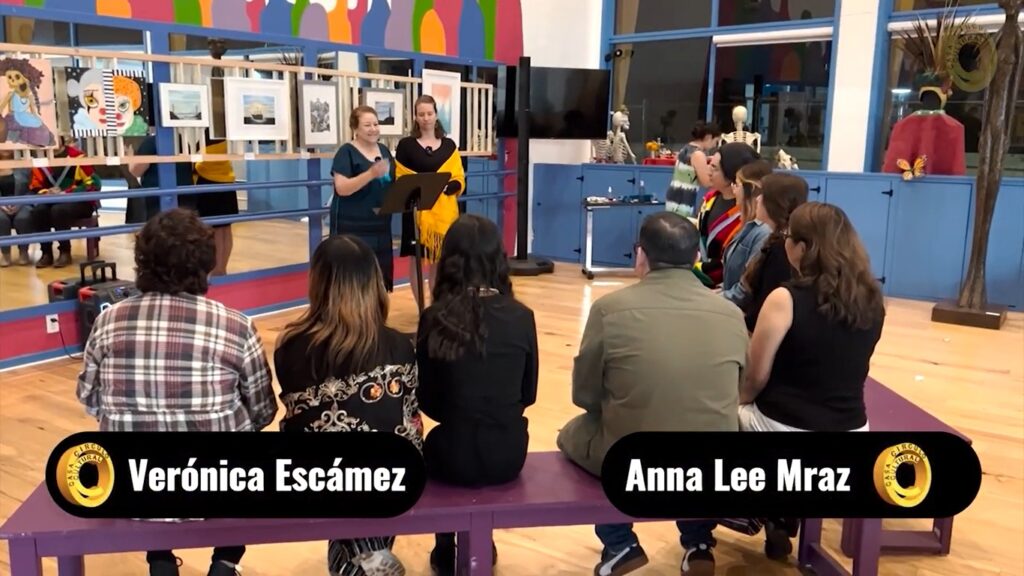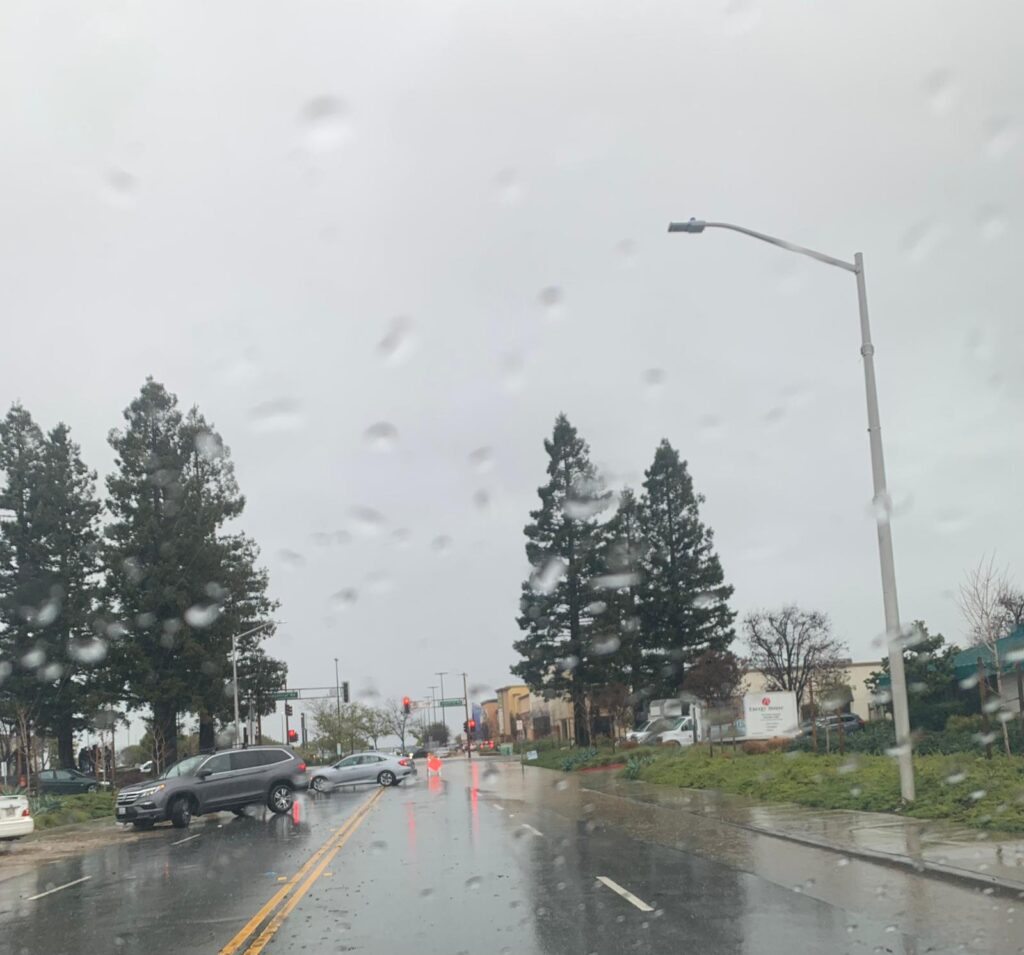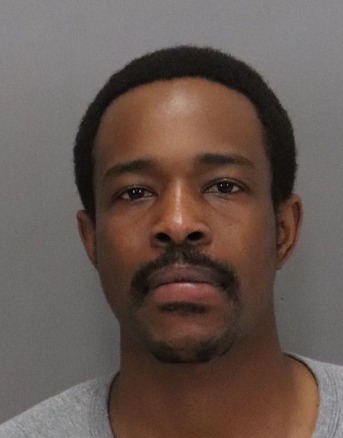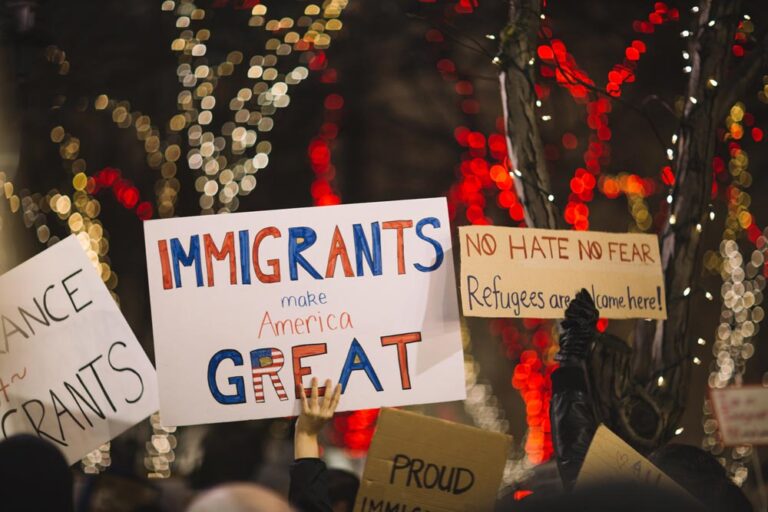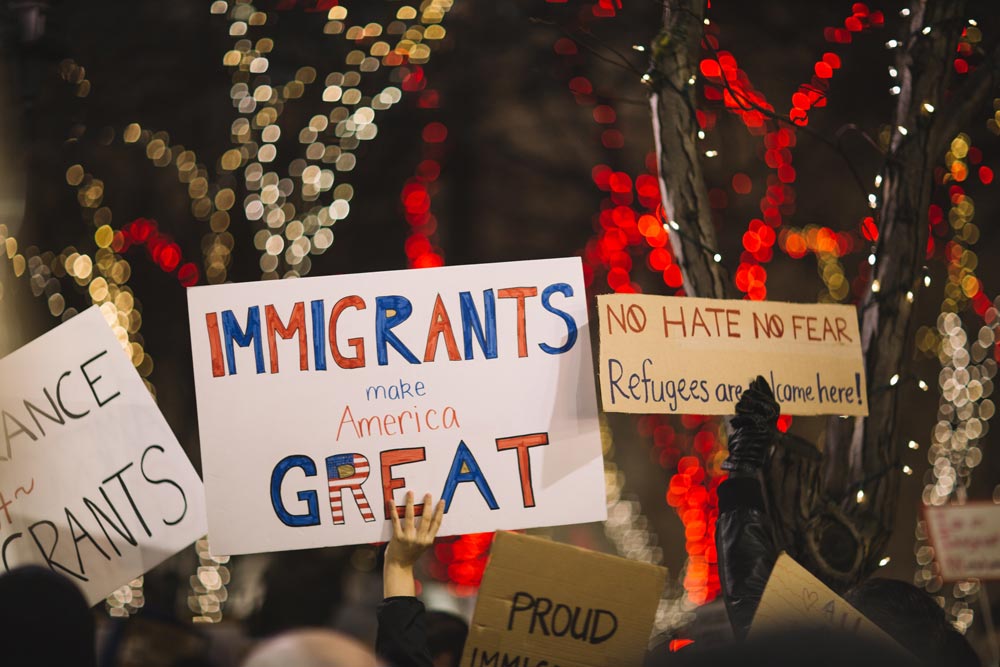
California está retirando la renovación de un contrato multimillonario con Walgreens, luego de la decisión preventiva de la compañía de no dispensar el medicamento abortivo Mifepristona en 21 estados, incluidos aquellos donde el aborto sigue siendo legal.
On Monday, the governor Gavin Newsom pidió la revisión de todos los contratos entre el estado y Walgreens, y el anuncio de la cancelación de renovación es el resultado de dicha acción.
«California no se quedará de brazos cruzados mientras las corporaciones cedan ante los extremistas y corten el acceso crítico a la atención y la libertad reproductiva», refirió Newsom.
El funcionario agregó que California está en camino de convertirse en la cuarta economía más grande del mundo y se aprovechará el poder de mercado para defender el derecho a elegir.
El contrato entre el Departamento de Servicios Generales de California ‒DGS, por sus siglas en inglés‒ y Walgreens permite que el estado adquiera medicamentos recetados de farmacia especializada, utilizados principalmente por el Departamento de Correccionales y Rehabilitación de California ‒CDCR‒ y su sistema de atención médica correccional.
Este miércoles, por orden del gobernador Newsom, DGS notificó formalmente que retirará una renovación planificada de ese acuerdo que entrará en vigencia el 1 de mayo de 2023 y, en cambio, explorará otras opciones para brindar los mismos servicios.
Bajo dicho contrato, Walgreens ha recibido alrededor de 54 millones de dólares del estado de California.
La mifepristona, es uno de los dos medicamentos usados para los abortos con pastillas para abortar y fue aprobada por la Administración de Alimentos y Medicamentos ‒FDA, por sus siglas en inglés‒ hace más de 20 años.
El medicamento ha sido usado por más de 5 millones de personas en los Estados Unidos para interrumpir de manera segura sus embarazos tempranos, junto con otro medicamento llamado misoprostol, de acuerdo con Planned Parenthood.
Y es que, los ataques contra el acceso al aborto continúan en todo Estados Unidos, y se espera que un juez federal de Texas falle a favor de las organizaciones que se oponen al aborto para obligar a la FDA a poner fin a la autorización de la mifepristona.
Así, el fallo significaría que las personas ya no podrían acceder a la mifepristona. Además, no solo aplicaría a las personas en Texas sino en todos los estados del país.
«Esta demanda en realidad no se trata de la seguridad de la mifepristona, sino de un ataque al derecho de las personas a decidir sobre sus propios cuerpos y vidas, que afectará a muchas personas en todo el país», destacó la organización en un comunicado.
El fallo de la corte, llamado Alliance for Hippocratic Medicine v. FDA, no pondrá fin al aborto con medicamentos, sino que prohibirá uno de los dos medicamentos que se usan.
Currently, in states where abortion is legal, medical abortions remain a safe and effective way to terminate an early pregnancy.
You may be interested in: FDA authorizes first over-the-counter home test to detect influenza and COVID-19






